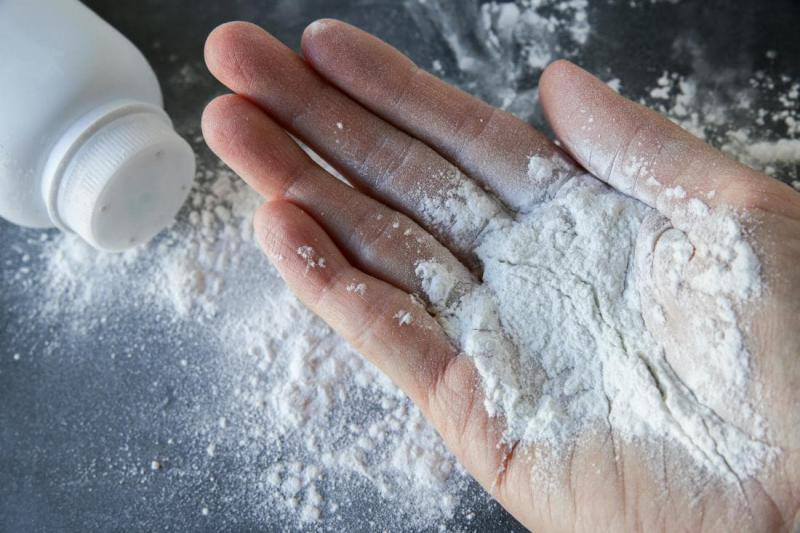
Asbestos Analysis in TALC Products
Asbestos Analysis in TALC Products
Contents
Asbestos Analysis in TALC Products: Why Is It Critical and How Is It Done?
Entrance
Talc, or talcum powder, is a natural mineral used in a wide range of applications, from cosmetics and personal care products to food and industrial applications. However, there is concern that talc deposits may be contaminated with asbestos. Asbestos is a type of mineral considered a carcinogen that can cause serious health problems if inhaled or swallowed. This is why asbestos analysis is critical in talc products.
Asbestos: Why Is It Dangerous?
Asbestos is a fibrous mineral that can cause serious health problems such as mesothelioma and lung cancer. It can also lead to chronic lung diseases such as asbestosis. Asbestos contamination poses a serious health risk, especially since talc products often come in direct contact with the skin or can be inhaled.
Regulatory Requirements
In many countries, cosmetics and other products containing talc are required to be free of asbestos. Major regulatory authorities such as the FDA (Food and Drug Administration) and the European Union conduct stringent inspections and tests for asbestos-free products.
How is Asbestos Analysis Performed?
Sample Collection
The analysis process begins with a suitable sample collection. This sample should be taken from different parts of the product and mixed homogeneously.
Laboratory Tests
1. **Polarized Light Microscopy (PLM)**: This method is usually used in the first step. The sample is examined under a polarized light microscope and the mineral types are determined.
2. **X-Ray Diffraction (XRD)**: This method provides a more detailed analysis and determines the mineral's crystal structure by examining it.
3. **Scanning Electron Microscopy (SEM) or Transmission Electron Microscopy (TEM)**: These methods provide the highest resolution analysis and can even detect asbestos fibers at the nanometer scale.
Evaluation
According to the test results, the product is either certified as asbestos-free or withdrawn from the market as unsuitable.
Conclusion
Asbestos analysis in Talc products is a critical step for product safety. This analysis aims to protect users from serious health risks and ensures that the product complies with regulatory standards. A number of laboratory tests are used for asbestos analysis and these tests definitively determine whether the product contains asbestos.
We strongly recommend that you work with accredited and reliable laboratories when testing your Talc products.

